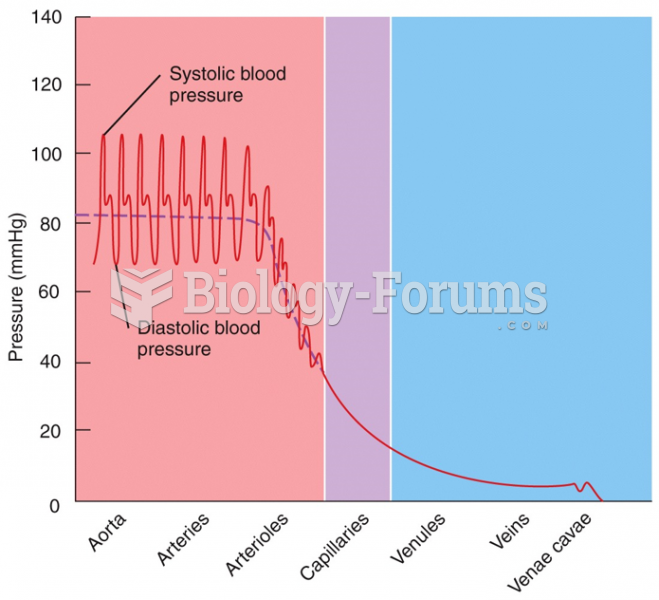This topic contains a solution. Click here to go to the answer
|
|
|
Did you know?
It is believed that humans initially contracted crabs from gorillas about 3 million years ago from either sleeping in gorilla nests or eating the apes.
Did you know?
People about to have surgery must tell their health care providers about all supplements they take.
Did you know?
Medication errors are more common among seriously ill patients than with those with minor conditions.
Did you know?
The liver is the only organ that has the ability to regenerate itself after certain types of damage. As much as 25% of the liver can be removed, and it will still regenerate back to its original shape and size. However, the liver cannot regenerate after severe damage caused by alcohol.
Did you know?
Human stomach acid is strong enough to dissolve small pieces of metal such as razor blades or staples.







